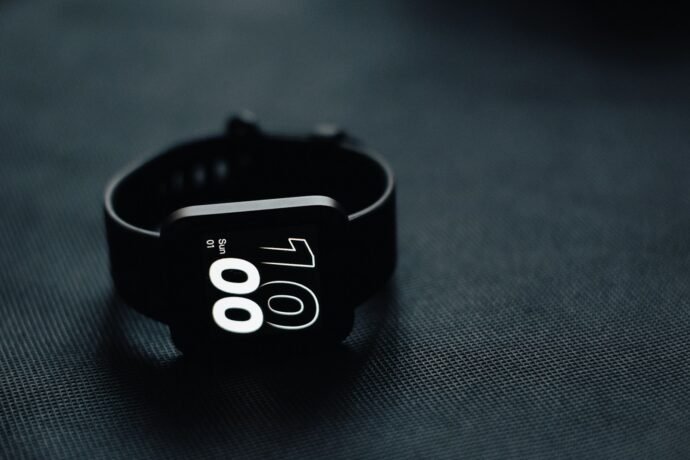
What Is 2014293269?
First things first. 2014293269 looks like a standard 10digit number, typical of U.S. phone numbers, product SKUs, or database identifiers. But outside just noticing its pattern, what matters is where and how it shows up.
This number could represent:
A customer ID in a CRM. An ISBN for a published book. A user ID in an online system. A record identifier for official paperwork.
How it functions depends on the context, and that’s what we’re going to pin down below.
Why Unique Identifiers Matter
Unique identifiers like 2014293269 streamline systems. They remove ambiguity and human error. Whether you’re managing inventory, tracking support tickets, or syncing databases, having a number tied to a single entity saves time and improves data integrity.
Let’s break it down:
Speed: Search, access, and validate info fast. Accuracy: No confusion among similar names or products. Scalability: Systems grow better when unique IDs are in place early.
Short version: organizations rely on these numbers to hold operations together. They’re not glamorous, but they’re essential.
Common Use Cases for 2014293269style Strings
So, where would you see a number like 2014293269?
Phone Numbers
It could be a phone number—ten digits, no formatting, commonly used in digital records. Businesses often store phone numbers as straight numeric values like this to allow easier parsing by software.
Account Numbers
Banks, tech platforms, and logistics systems use numbers like these to tag and store customer data securely. They avoid using names, addresses, or emails directly for privacy reasons.
Product IDs
Ecommerce platforms list and track products using SKUs or internal IDs. When someone orders part #2014293269, the warehouse knows exactly what to ship out.
Lookup Tips: When You Find a Number with No Context
You find 2014293269 in an Excel sheet, a postcard, or an old invoice. What do you do?
- Check format: Is it grouped like a phone number? If so, reverse lookup tools or contact databases might help.
- Look for nearby data: There could be labels or headers nearby hinting if it’s a phone, ID, or product code.
- Run a search: A quick web search of the full number (in quotes) might tie it to a book, service, or item listing.
- Use reverse lookup tools: Handy for determining if it’s a registered phone number or ISBN.
Remember—be careful what sites you’re using. Not all lookup tools are secure or private.
When You Shouldn’t Share It
If 2014293269 is linked to restricted data like a bank account, health info, or logins, don’t take chances. Know when it’s safe to publish and when it’s not.
Here’s the rule:
If you didn’t generate it yourself and don’t understand its origin, don’t post it on public platforms or forums. There could be privacy implications.
Storing and Managing ID Numbers Like 2014293269
If you’re in charge of managing data, make sure you’re treating identifiers carefully:
Use encryption for sensitive fields. Avoid duplicates by assigning them systematically—never random. Group types (IDs, phone numbers, order numbers) clearly in your schema. Backup your system with regular exports to avoid losing track in outages.
Final Thoughts
A number like 2014293269 may seem unremarkable, but it plays its part in keeping the digital world running smoothly. Whether it’s pointing to a customer record, a phone call in a log, or a product in a shipment, its role is professional and precise.
Stay curious about the numbers behind the scenes—they often reveal more than they let on.



